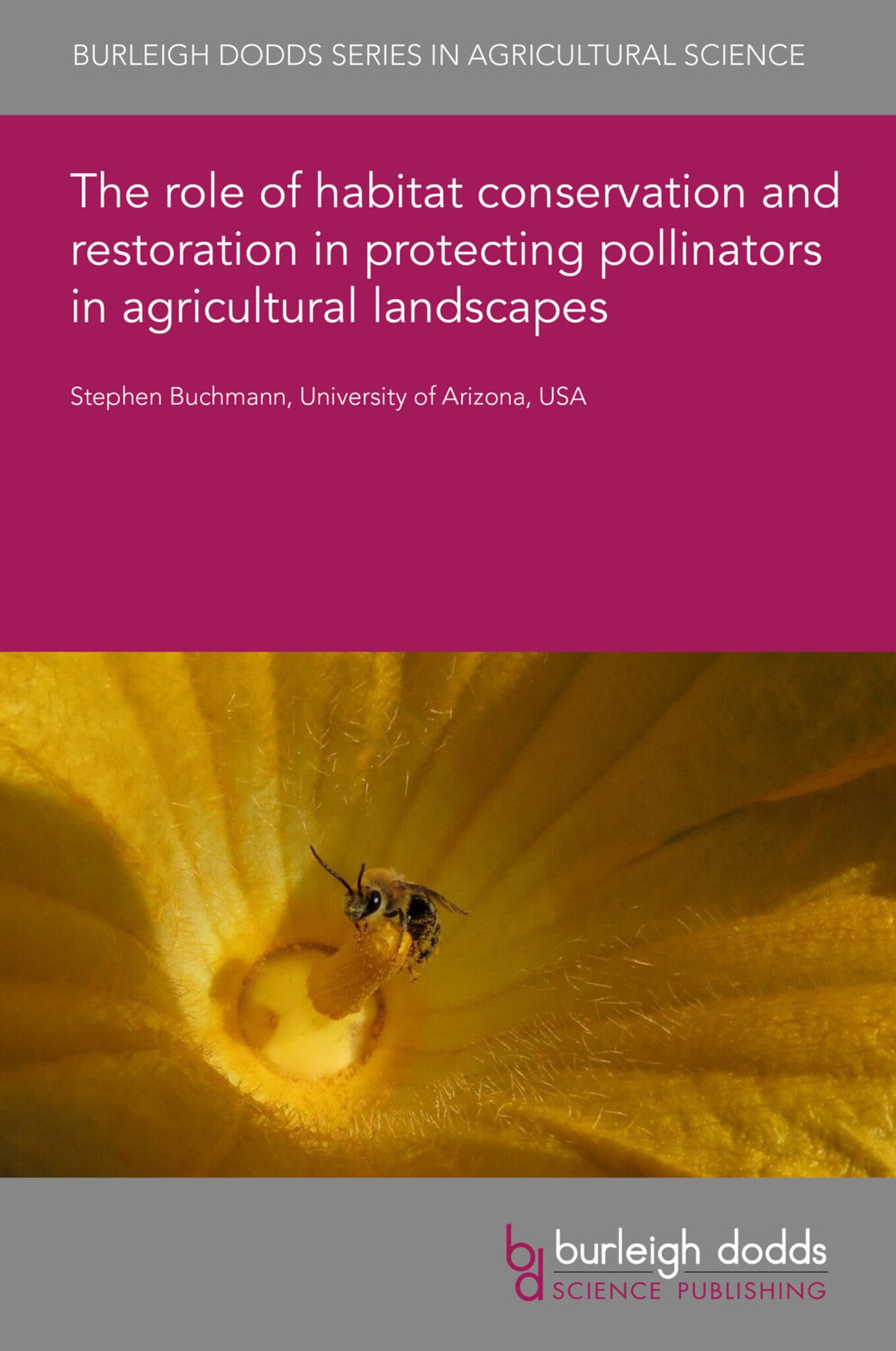We're sorry. An error has occurred
Please cancel or retry.
The role of habitat conservation and restoration in protecting pollinators in agricultural landscapes

Some error occured while loading the Quick View. Please close the Quick View and try reloading the page.
Couldn't load pickup availability
- Format:
-
19 December 2022

This chapter focuses on challenges and options in habitat restoration for solitary bees which account for 90% of bee species. As well as being important parts of local ecosystems, these species are pollinators of a wide range of crops such as alfalfa, tomato, eggplant and blueberries, cucurbit crops (such as pumpkin, squash and watermelon) as well as orchard crops such as almonds and cherries. The chapter looks at challenges facing habitat restoration and research on the effectiveness of existing restoration projects. The chapter also includes case studies on commercial management of Alkali bees, promoting stem or cavity-nesting bees and providing underground nesting boxes for bumblebees.

SCIENCE / Life Sciences / Zoology / Entomology, Apiculture (beekeeping), TECHNOLOGY & ENGINEERING / Agriculture / Sustainable Agriculture, TECHNOLOGY & ENGINEERING / Agriculture / Agronomy / Crop Science, Sustainable agriculture, Agricultural science, Agronomy and crop production

- 1 Introduction
- 2 Bees as pollinators
- 3 Challenges in habitat restoration
- 4 Assessing the effectiveness of habitat restoration
- 5 Case studies
- 6 Conclusion
- 7 Where to look for further information
- 8 References



